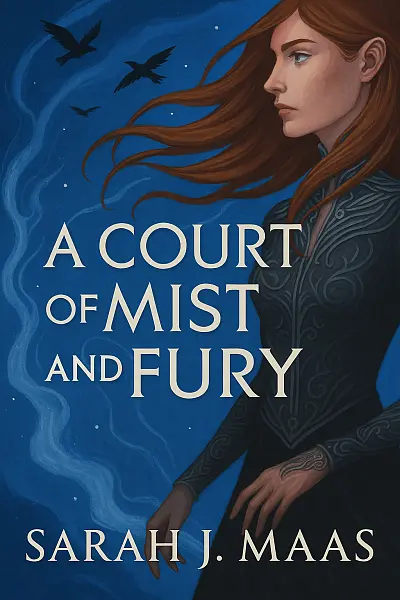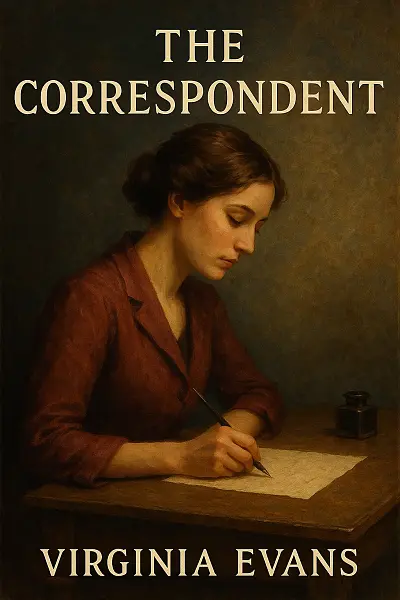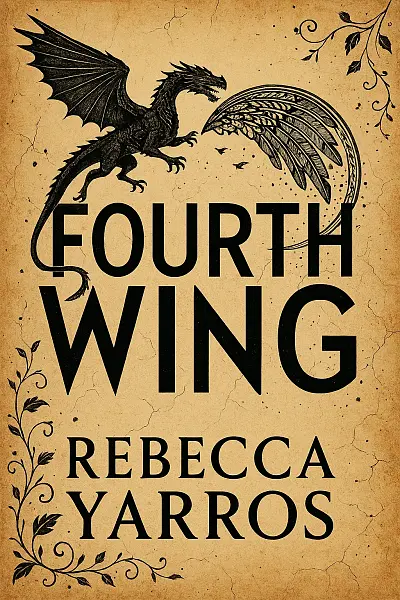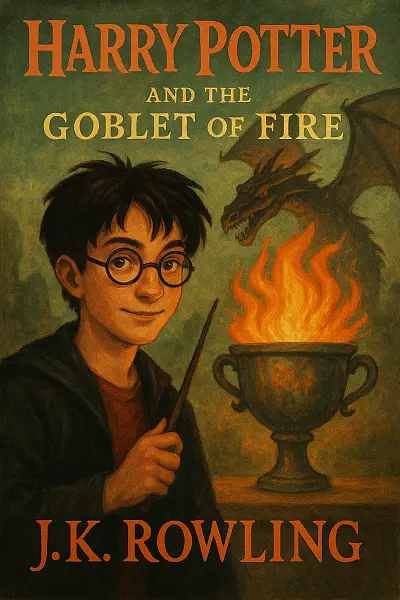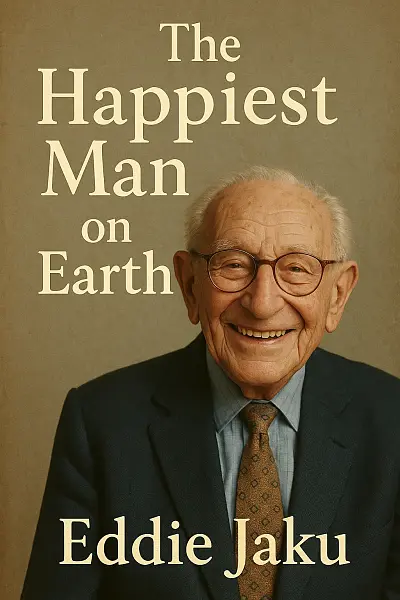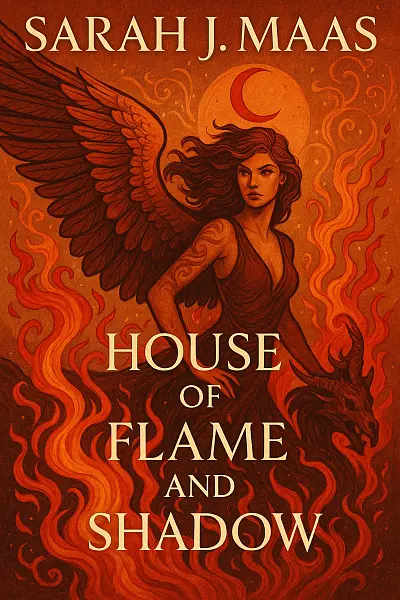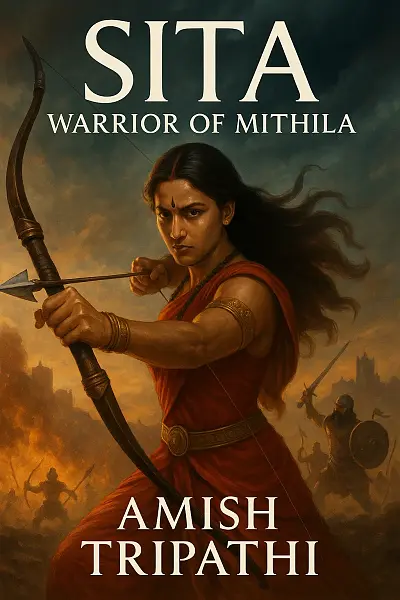
Sita: Warrior of Mithila
by: Amish Tripathi
Sita grows up in the ancient, divided world of Mithila, dismissed as powerless and unlikely to matter, yet fiercely curious and driven to prove her worth. Just as she starts finding her place as a gifted leader, the rise of Raavan—a dangerous, cunning adversary—forces Sita into the heart of a brewing storm, threatening everything she values.
Suddenly, she must rally a fractured society and forge her own destiny against those who want her silenced, not celebrated. The fate of Mithila—and possibly all of India—hangs in the balance.
Told with energetic pacing and modern flair, Sita’s journey is bold, empowering, and leaves you wondering if she’ll truly become the hero her world needs.
"True strength lies not in wielding power, but in standing firm for justice when the world demands silence."
Literary Analysis
Writing Style
Atmosphere
Dive into a world that's vivid, cinematic, and laced with a mythic grandeur. Amish Tripathi crafts an India pulsing with vibrant markets, rugged landscapes, and ancient traditions, making every setting feel touchable and alive. There’s a blend of historical authenticity and larger-than-life legend, with a continual sense of something epic just around the corner. The mood is dynamic—sometimes contemplative, mostly adventurous, but never dreary or slow.
Prose Style
Expect clear, straightforward language — nothing flowery here, but plenty of energy. The writing is accessible and brisk, aimed at keeping you turning pages rather than pausing to re-read a poetic sentence. Dialogues are crisp and modern, even when set against ancient backdrops, which gives a fresh, relatable twist to legendary characters. Occasionally, the narration leans a bit on exposition, but it’s always punchy and direct.
Pacing
Think rollercoaster, not lazy river. The story is tightly plotted, with a real sense of forward momentum — short chapters and frequent action sequences keep the energy high. Big reveals are spaced at just the right intervals, so you’re encouraged to keep going “just one more chapter.” While action definitely takes center stage, character-building moments and quiet scenes are scattered throughout so you can catch your breath without losing interest.
Characterization
Sita herself feels bold, resilient, and very human—her emotional arc is explored with empathy. Characters are built up through their actions and decisions more than lengthy introspection. There’s a tendency to give even side characters distinct motivations, but sometimes their development can feel a shade schematic or idealized, fitting their roles in the legend.
Themes
Themes of duty, gender, power, and destiny are front and center but never heavy-handed. With modern sensibilities woven through ancient myth, the story strikes a balance between familiar mythology and new interpretations, prompting readers to see old legends through a contemporary lens.
Overall Vibe
If you love stories that blend history, myth, and action, with a dash of philosophical musing—but want them delivered in a quick, compulsively readable style—Sita: Warrior of Mithila offers exactly that. The tone is rousing, positive, and ideal for anyone looking for a reimagined epic that’s both heroic and refreshingly relatable.
Key Takeaways
- Epic river rescue – Sita’s steel nerves on display
- Manipuri combat techniques meet Indian mythology—Amish’s signature blend of action and lore
- Surprise alliance with Hanuman shakes up the power game
- Political intrigue simmers with Sita’s sharp intellect challenging patriarchal norms
- A fiery confrontation: Sita vs. Raavan, insight over brute force
- Mother Nainika’s teachings echo in every courageous choice
- Quick-witted banter and emotionally raw moments give Sita unexpected depth
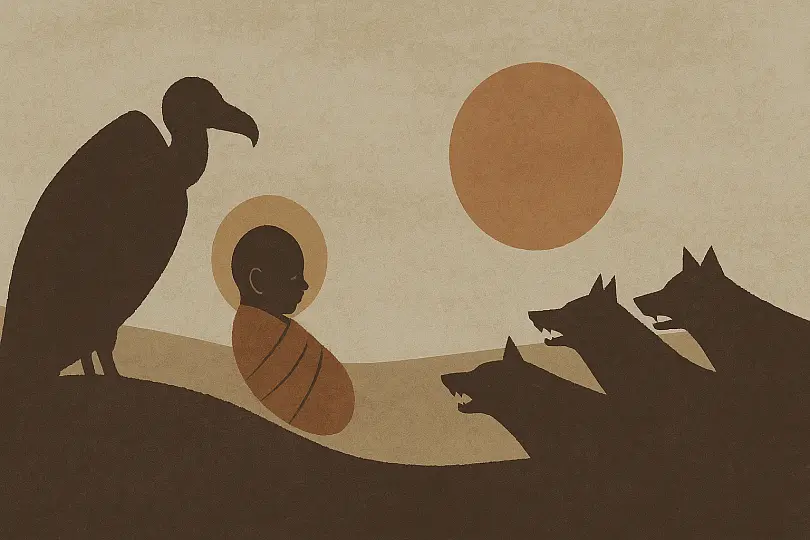
A fierce goddess rises—reimagining Sita as Mithila’s unstoppable warrior.
Reader Insights
Who Should Read This
Who’s gonna absolutely love “Sita: Warrior of Mithila”?
-
If you’re all about mythological fiction—especially Indian epics with a fresh spin—this book will suck you right in. Seriously, if you loved Amish’s Shiva trilogy, or are into retellings that put women as fierce central players, this is so your jam.
-
Fans of strong, badass female leads, you’ve got to meet this version of Sita. She’s nothing like the passive queen you might remember from childhood tales. She’s strategic, skilled, and honestly, pretty inspiring.
-
Do you like action with a dash of philosophy? The book has some thought-provoking themes—plus lots of epic journeys, intrigue, and battles, which will keep you on your toes.
-
If you’re into world-building and enjoy seeing ancient settings come alive with rich detail, Amish really paints a vivid canvas. You’ll feel like you’ve stepped right into Mithila’s bustling streets.
But hey, a heads up for who might not vibe with this one:
-
If you’re looking for a fast, action-packed story with minimal world-building, this might feel a bit slow. The pace can drag, especially if you’re not used to epic sagas that spend time developing backstories.
-
Hardcore mythology purists who want a tale strictly by the old book—well, Amish takes creative liberties, so you’ve gotta be cool with a little remixing.
-
Prefer complex, subtle character arcs over clear-cut heroes and villains? Some of the characters here can feel a touch larger than life, so if you like more grey areas, this might not hit the spot.
-
Not super into Indian mythology or epic fantasy? Honestly, there might be better places to start.
Bottom line: if you crave mythic adventures with a powerful female hero and don’t mind a bit of creative retelling, “Sita: Warrior of Mithila” is totally worth your TBR list. But if you’re just looking for a quick, breezy read or want straight-up traditional mythology, maybe try something else first.
Story Overview
Get ready to be swept into an epic tale where ancient India sparkles with intrigue, adventure, and destiny!
Sita: Warrior of Mithila follows Sita, a fiercely intelligent and strong-willed princess, as she rises beyond tradition to become a skilled leader and warrior in a land full of danger and mystery. When an unexpected threat looms over her world, Sita must harness her courage and wisdom to protect all that she loves, facing choices that could shape the fate of kingdoms. Brimming with heart-pounding action, clever political maneuvering, and rich mythology, this story offers a fresh, empowering reimagining of a legendary heroine’s journey.
Main Characters
-
Sita: Central protagonist who rises from humble origins to become the fierce and wise Warrior of Mithila. Her journey is all about breaking norms, embracing leadership, and redefining destiny.
-
Ram: He’s Sita’s principled and dutiful partner, caught between his love for Sita and his unwavering commitment to dharma. As a prince, his role supports Sita yet also complicates her choices.
-
Jatayu: Loyal and noble eagle-man, Jatayu is Sita’s steadfast protector and mentor. His wisdom and courage guide Sita as she steps into her destiny.
-
Raja Janak: Enlightened king of Mithila and Sita’s adoptive father. He nurtures Sita’s intellect and independence, shaping her worldview and ideals.
-
Raavan: Charismatic yet menacing, Raavan is the ambitious antagonist whose actions test Sita’s spirit and resolve. His complexity adds depth and tension to the narrative.
If You Loved This Book
If the richly imagined mythology and fiery heroine in Sita: Warrior of Mithila call to mind Circe by Madeline Miller, it’s because both novels thrust legendary women into the center of ancient epics, gifting them agency and complexity often denied in classic retellings. Like Miller’s nuanced portrayal of a maligned enchantress, Amish Tripathi transforms Sita into a multifaceted leader navigating loyalty, love, and destiny—so if you found yourself utterly enthralled by Circe’s fresh feminist lens, Sita’s journey will undoubtedly strike a chord.
In a very different vein, fans of Rick Riordan’s Percy Jackson series will find themselves at home with Tripathi’s energetic blend of mythology, action, and modern sensibilities. While Sita’s adventures are steeped in Indian lore rather than Greek, the quick pacing, relatable dialogues, and magic-tinged quests evoke that same thrill of discovery. It’s like stepping into a world where ancient legends come alive—but with a distinctly Indian flavor.
And for anyone obsessed with epic visual storytelling, there’s a palpable Game of Thrones vibe to the intricate political machinations and shifting alliances that fuel the plot. Much like the acclaimed TV adaptation, Sita: Warrior of Mithila doesn’t shy away from depicting power struggles, betrayals, and the complexities of leadership, anchoring the spectacle in fiercely human moments and moral dilemmas. If you love sagas packed with both heart and high stakes, this novel lands perfectly in that sweet spot.
Expert Review
What if the women relegated to mythic sidelines are actually the strategists, warriors, and visionaries at the heart of history? Sita: Warrior of Mithila invites readers to question every inherited narrative about heroism, destiny, and gender. Amish Tripathi takes a well-known epic and upends expectations, putting Sita center stage—not as victim or consort, but as tactician, leader, and disruptor. In today's world, where debates on agency and power still rage, the book dares us to imagine alternative origins and futures.
Amish’s prose is unapologetically contemporary, blending modern dialogue with mythic settings. The pacing is brisk—sometimes almost cinematic—loaded with punchy one-liners and crisp, short chapters. It’s clear he writes for a generation raised on TV and digital media; his visual descriptions and kinetic action scenes often leap off the page. Occasionally, the language veers toward the anachronistic, which might jar purists who expect the stately gravitas of the original Ramayana. But for many, this approach is precisely what makes the narrative so accessible: it bridges the ancient and the modern, inviting younger readers into Sita’s world without barriers. The structure, employing shifting timelines and perspectives, creates a sense of dramatic irony and suspense, even for those who know the myth inside out. However, this comes at the cost of deeper internal monologues and subtle emotional shading, sometimes reducing secondary characters to archetypes rather than individuals.
At its heart, Sita: Warrior of Mithila is a meditation on self-determination, social order, and the burdens of leadership. Sita’s evolution—from abandoned child to political strategist—becomes a parable for anyone grappling with questions of identity and autonomy. The book gestures toward urgent themes: the corrosive effects of corruption, the weight of duty versus personal desire, and especially, the possibilities open to women in deeply patriarchal societies. Amish doesn’t just reimagine Sita as a warrior; he makes her the intellectual equal of any male legend, forcing us to reinterpret divinity, power, and femininity. These interventions feel deeply significant in a cultural moment when India’s own relationship with tradition and modernity is under constant scrutiny. That said, some philosophical explorations stay surface-level, telegraphed via dialogue rather than organically woven into the narrative’s texture—one wishes for more “show” and a little less “tell.”
Within the landscape of Indian mytho-fantasy, Amish’s work stands out for its populist energy and genre-defining ambition. If The Immortals of Meluha was his bold entry, Sita cements his project: reclaiming myths for the mass market while interrogating the bones of the stories themselves. Compared to contemporaries, Amish’s blend of action, intrigue, and social commentary feels uniquely pitched to global readers looking for more than nostalgia. Yet, for those seeking the philosophical gravitas of Ashok Banker or the lyricism of Chitra Banerjee Divakaruni, Amish prioritizes accessibility and pace over depth and poetry.
Strengths:
- Reinvents a legendary figure with gutsy originality
- Thrilling, immersive, and easy to devour
- Refreshingly modern take on timeworn myths
Weaknesses:
- Sacrifices nuance for speed and clarity
- Sometimes tells rather than shows deeper emotion
Verdict: Essential for anyone who loves myth reimagined with energy and heart, but best enjoyed with an appetite for brisk storytelling over subtlety.
Community Reviews
What even was that scene where Sita faces the assassin in the forest? I kept rereading it, half-convinced I missed something huge. Did anyone else feel like the whole book tilted sideways at that point?
okay, BUT CAN WE TALK ABOUT THAT NIGHT AT THE ASHRAM? I legit couldn’t sleep after Sita’s escape scene played out in my head. Just when you think she’s safe, BOOM, everything flips. Amish really knows how to mess with your calm.
honestly, that scene where Sita takes charge at the riverside still replays in my head. I felt like I was right there, holding my breath. I couldn't sleep, kept thinking—would I have that courage?
So I was just casually reading, and BAM, that moment when Sita faces Raavan in the forest totally flipped my expectations. I couldn’t put the book down after that. Amish knows how to keep you hooked!
i seriously underestimated Sita until THAT ONE SCENE in the forest. my brain was spinning for hours after. how did Amish make her so fierce and vulnerable at the same time? couldn’t sleep, kept replaying the moment.
Cultural Context & Discussion
Local Perspective
Sita: Warrior of Mithila by Amish Tripathi strikes a powerful chord with Indian readers because it boldly reimagines a beloved mythological figure in a way that connects deeply with ongoing cultural conversations.
- Empowered Female Protagonist: Sita is depicted as a fierce, independent leader, echoing India's recent social movements advocating for women's rights and gender equality. For many, this resonates as both a refreshing spin and a timely reflection of evolving attitudes.
- Duty and Dharma: The novel explores classic Indian values like dharma, honor, and sacrifice, but flips the script by letting Sita steer her own narrative—mirroring real-life shifts toward individual agency within traditional frameworks.
- Cultural Reimagination: Amish's modern, almost cinematic storytelling—fast pacing, action-heavy sequences—aligns with India’s Bollywood-style tastes and love for reworking epics for new generations.
- Challenging Literary Traditions: While some traditionalists might feel unsettled by the reinterpretation, many younger readers appreciate how the story questions patriarchal norms, making ancient legends vibrantly relevant.
Overall, this book stands at the sweet spot between familiar legends and progressive retellings, sparking conversations about what it means to be heroic, just, and authentically Indian today.
Points of Discussion
Notable Achievement:
“Sita: Warrior of Mithila” by Amish Tripathi became one of the fastest-selling books in India, crossing 100,000 copies sold within the first week of its release, and significantly contributed to popularizing the reinterpretation of Indian mythological epics for a new generation of readers.
